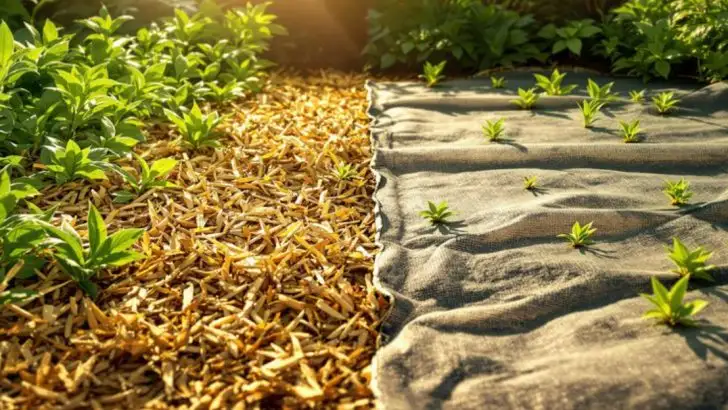Your yard might look great—while secretly choking your soil to death. That sleek gravel path? It could be baking your topsoil into oblivion. Those bark chips? They might be robbing your plants blind. And don’t get us started on rubber mulch. Just because it’s sold at the garden center doesn’t mean it’s good for the ground beneath your feet. Some materials leach toxins. Others suffocate microbes. And a few invite pests like it’s happy hour. If your plants keep struggling no matter how much you water, fertilize, or beg—your mulch, edging, or weed cloth might be the real culprit. We’re breaking down 15 popular choices that look innocent but cause long-term damage. Learn what to swap, what to ditch, and how to protect the living soil your garden depends on. Because a beautiful yard shouldn’t come at your soil’s expense.
Plastic Weed Barrier
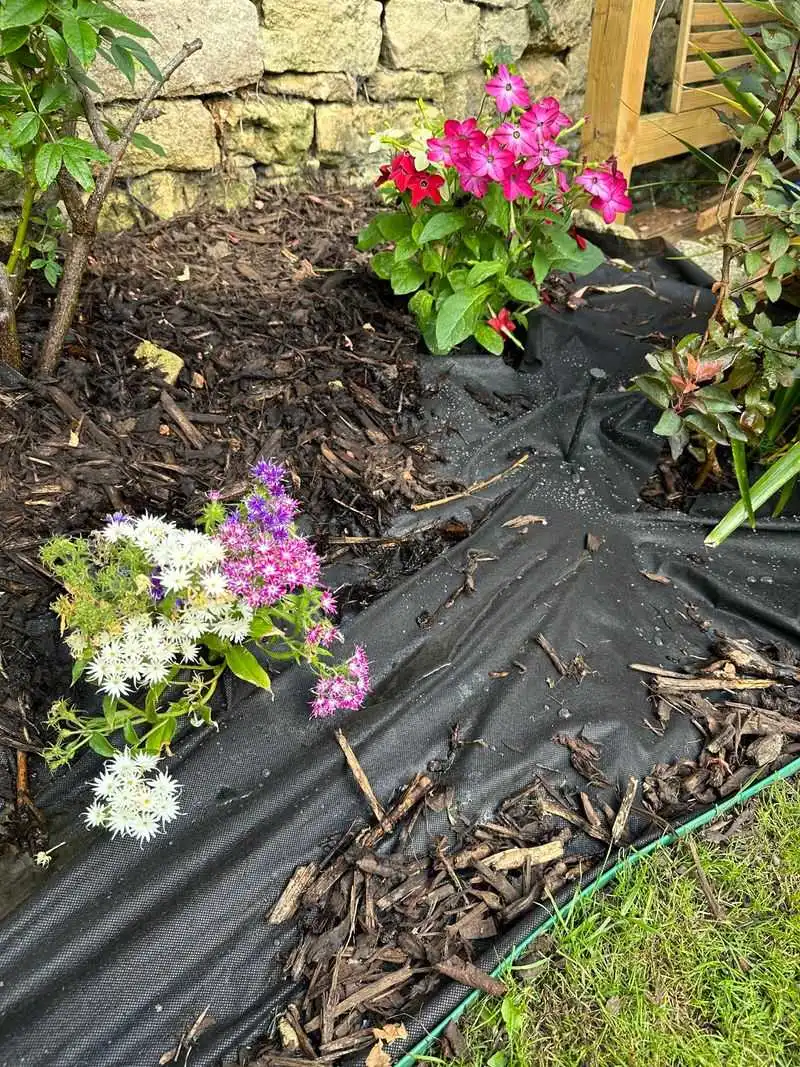
Plastic weed barriers seem a convenient solution for gardeners aiming to suppress weeds. These synthetic sheets prevent weed growth by blocking sunlight. However, this convenience comes at a cost. By preventing organic material from reaching the soil, they hinder essential soil-building processes.
Over time, the lack of organic matter decomposing into the soil results in nutrient depletion. This leaves the soil impoverished, affecting plant health. To top it off, the plastic does not break down, contributing to environmental waste. Consider organic mulching as an alternative to maintain soil health and support plant life.
Rubber Mulch
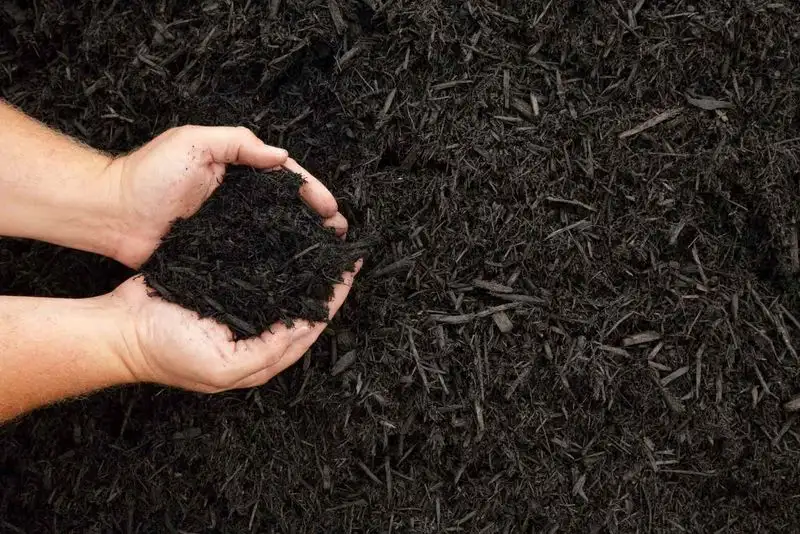
Rubber mulch, often made from recycled tires, is marketed as a durable, eco-friendly mulch option. While it does deter weeds and pests, its impact on soil health is less favorable. Rubber leaches harmful chemicals into the soil, contaminating it.
These chemicals can be toxic to plants and microorganisms essential for a healthy ecosystem. Furthermore, rubber mulch does not decompose, hence it does not contribute any organic matter to the soil. This leads to poor soil structure and reduced fertility over time. Opt for natural mulches like wood chips for a healthier environment.
Landscape Fabric
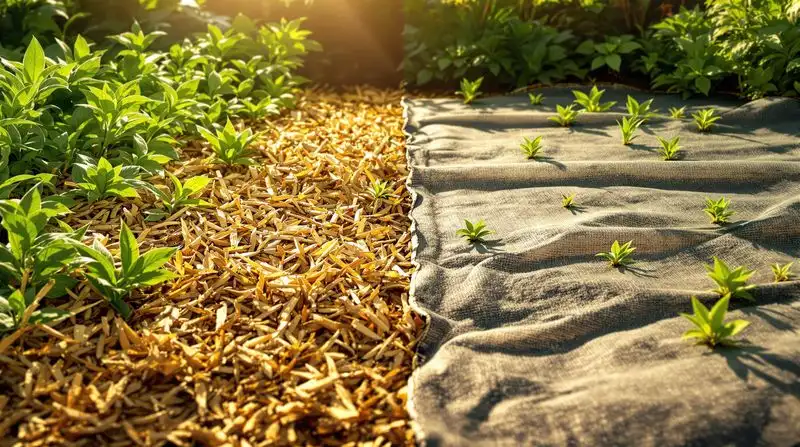
Landscape fabric is widely used to control weeds and reduce maintenance. It allows water and air to reach the soil, unlike plastic barriers. However, its downsides are significant. The fabric can eventually become clogged with soil particles, reducing permeability.
This leads to waterlogging or drought conditions underneath, both of which harm plant roots. Inhibiting soil breathability also disrupts the activity of beneficial organisms. The fabric itself is a barrier to organic matter reaching the soil, diminishing its fertility. Switching to organic ground covers can enhance soil health and promote biodiversity.
Concrete Pavers
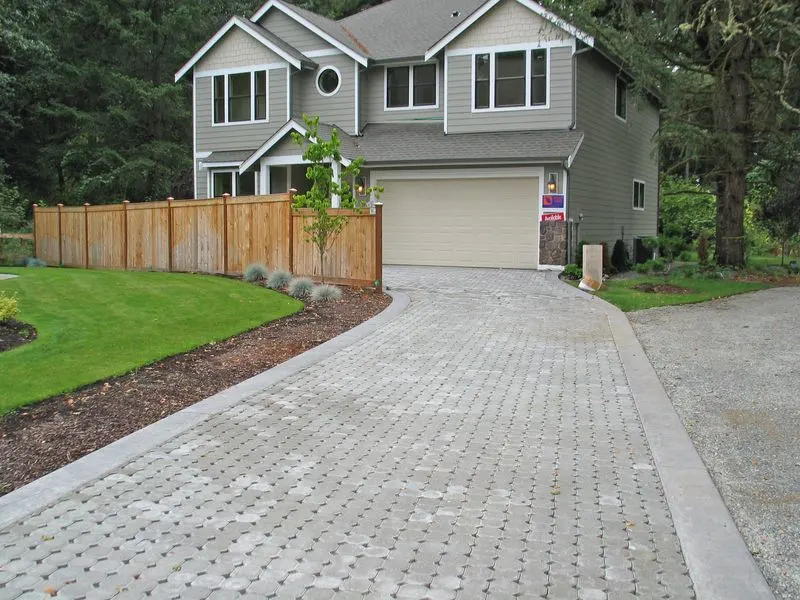
Concrete pavers provide a solid, attractive surface for paths and patios. Yet, their impermeable nature creates significant issues for soil health. By preventing water infiltration, they contribute to runoff and erosion. This causes valuable nutrients to wash away, leaving soil barren and compacted.
Such environments are inhospitable for root growth and microorganism activity. Additionally, the heat retained by concrete can alter microclimates, stressing plants. Removing concrete in favor of permeable pavers can encourage water absorption and improve soil conditions. This change supports a more sustainable landscape.
Treated Wood Edging
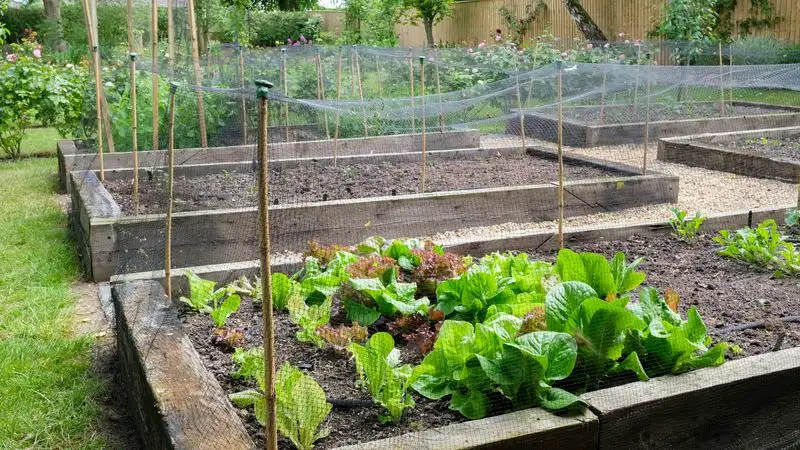
Treated wood is commonly used for garden edging due to its durability and resistance to rot. However, the chemicals used to treat wood can leach into the soil. These substances, such as arsenic and chromium, are harmful to both plants and beneficial soil organisms.
Contaminated soil can impact plant health and reduce biodiversity. Furthermore, the decomposition of chemicals may pose environmental risks. Switching to untreated wood or stone can avoid these issues, providing a safer environment for gardens. Embracing natural materials enhances soil vitality and supports sustainable gardening practices.
Synthetic Lawn Turf
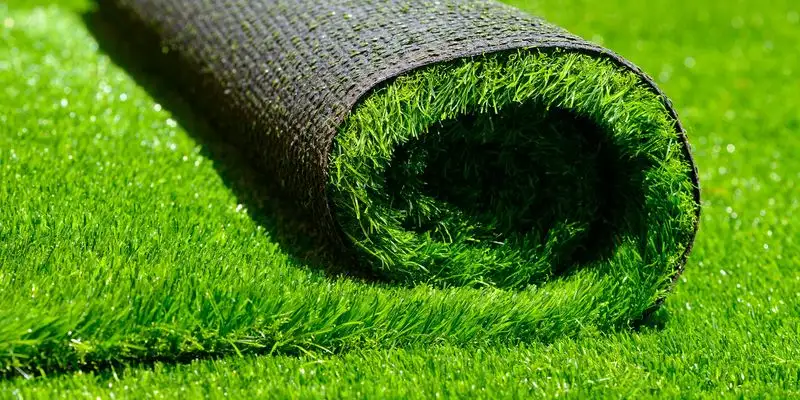
Synthetic turf offers a low-maintenance, lush green appearance year-round. However, it can significantly impact the soil beneath. By covering the ground, synthetic lawns restrict water and nutrient flow, leading to compacted, lifeless soil.
Without access to sunlight or organic matter, the soil ecosystem suffers. Beneficial organisms, vital for soil health, decline in number and diversity. The heat retained by artificial turf can further stress the underlying soil and plants. Replacing synthetic turf with natural grass or native plantings can restore soil health and biodiversity, fostering a thriving landscape.
Crushed Stone
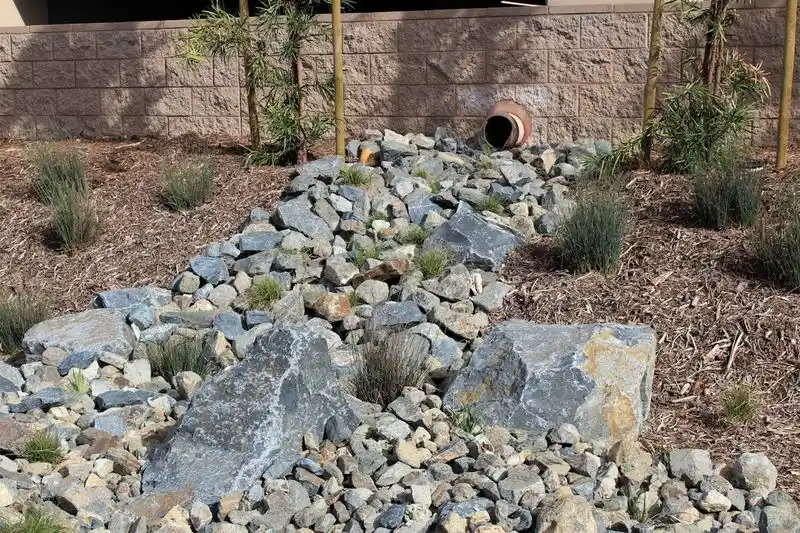
Crushed stone is popular for driveways and paths due to its durability and aesthetic appeal. However, it poses challenges for soil health. The dense layer of stones prevents water infiltration, leading to increased runoff and erosion.
This can wash away topsoil and nutrients, leaving the ground infertile and compacted. In such conditions, plants struggle to establish roots, and microbial activity declines. Opting for permeable paving solutions allows water to percolate into the soil, preserving its structure and fertility. Sustainable alternatives contribute to healthier landscapes.
Plastic Lawn Edging
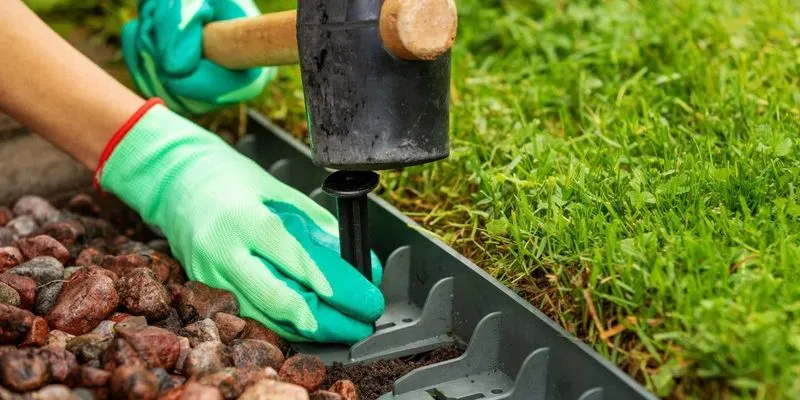
Plastic lawn edging is a convenient option for creating neat garden borders. Despite its practicality, it can negatively affect soil health. Made from non-biodegradable materials, the edging slowly breaks down, releasing microplastics into the soil.
These particles can disrupt the soil’s natural structure and harm microorganisms. Furthermore, plastic edgings can impede the movement of organic matter into garden beds, decreasing soil fertility. Choosing biodegradable or natural materials for garden borders can prevent these issues. Such choices support a more sustainable and vibrant garden environment.
Gravel
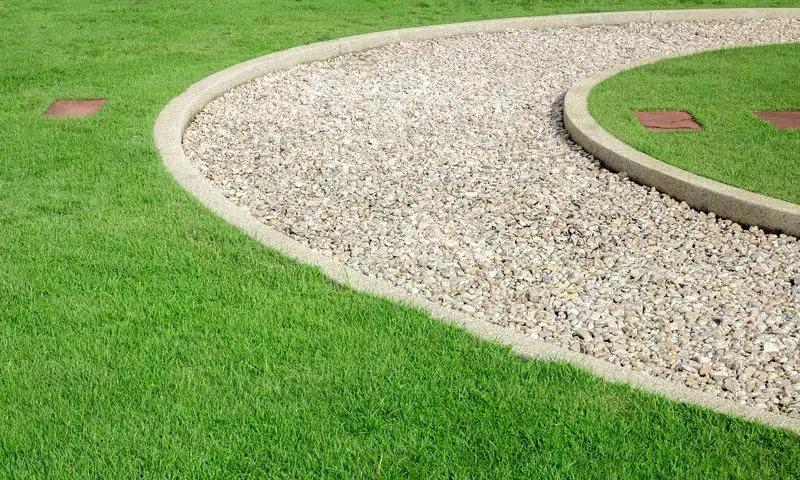
Gravel paths and driveways are widely used for their practicality and aesthetic. Yet, they can have adverse effects on soil health. Gravel compacts the soil beneath, reducing aeration and water infiltration.
This leads to poor root development and a decrease in beneficial microbial activity. Over time, the compacted soil becomes less fertile, affecting plant growth. Additionally, gravel can increase runoff, exacerbating erosion problems. Embracing alternatives like bark mulch or permeable pavers supports better water management and soil health. Such adjustments promote a thriving garden ecosystem.
Asphalt
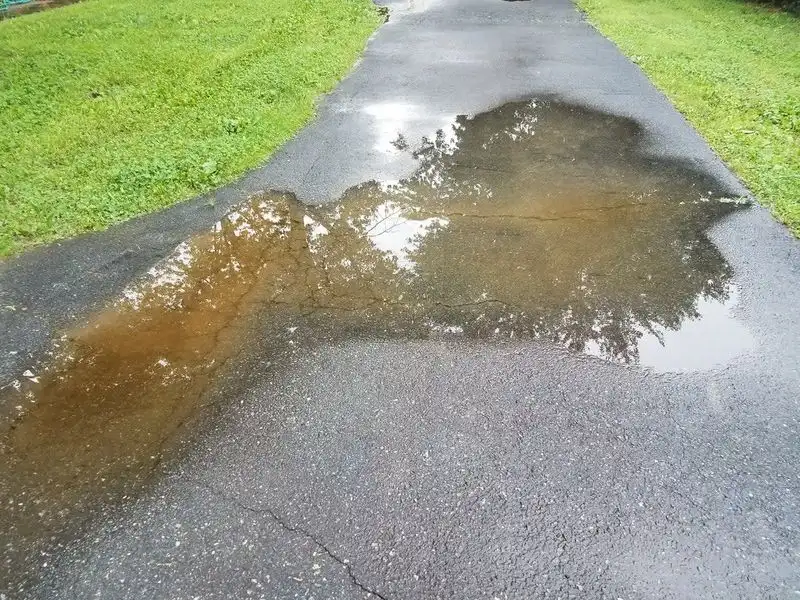
Asphalt is a common material for roads and driveways, valued for its durability. However, it poses significant challenges for soil health. Being impervious, asphalt prevents water infiltration, leading to increased runoff and erosion.
This strips away topsoil and nutrients, weakening the soil’s structure and fertility. The heat retained by asphalt can also affect surrounding microclimates, stressing nearby plants. Replacing asphalt with permeable paving solutions allows water to filter into the soil, preserving its health. Such changes contribute to more resilient landscapes.
Cinder Blocks
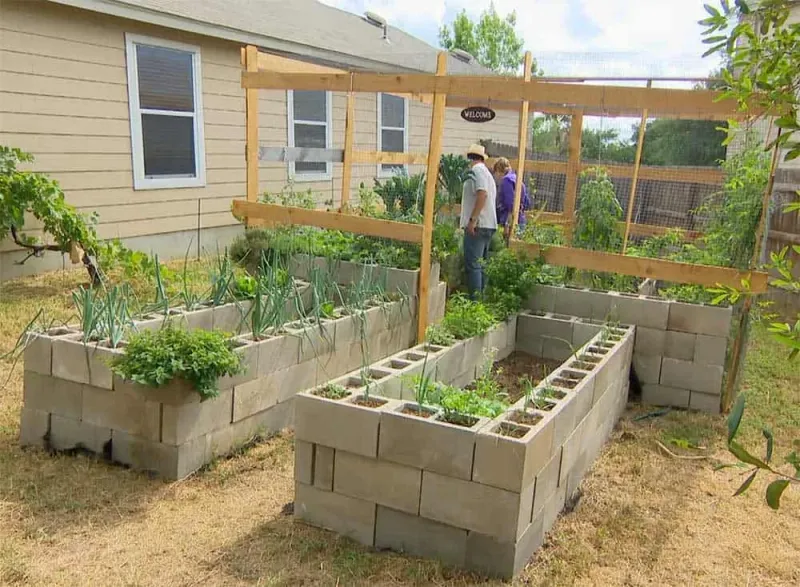
Cinder blocks are often used for retaining walls and garden structures due to their strength and affordability. However, they can negatively impact soil health. The blocks can leach lime into the soil, increasing alkalinity and affecting pH balance.
This can hinder plant growth and decrease biodiversity. Furthermore, the impermeable nature of cinder blocks contributes to water runoff, exacerbating erosion. Opting for natural stone or timber can minimize these issues, promoting a more balanced soil environment. Such choices support sustainable and thriving gardens.
Brick
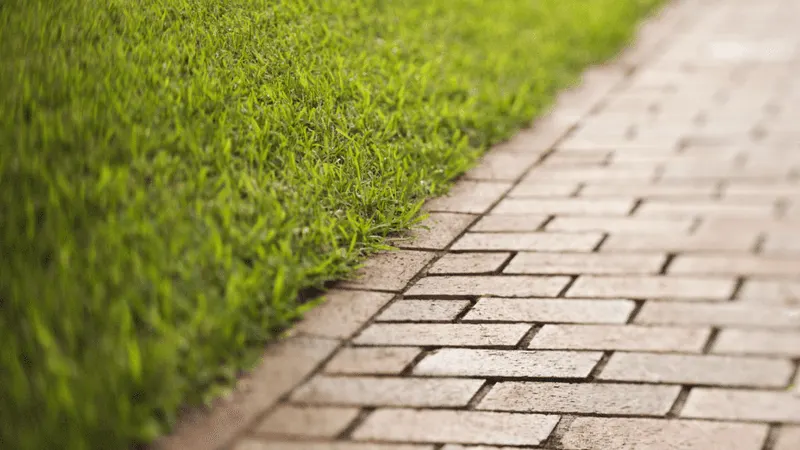
Brick pathways and patios are cherished for their timeless appeal. However, bricks can adversely affect soil health. Their dense, impermeable nature encourages water runoff, leading to erosion and nutrient loss.
Compacted soil beneath bricks becomes inhospitable for plant roots and microorganisms. This results in poor plant health and reduced soil fertility. Choosing permeable materials for paths and patios can mitigate these effects, enhancing water infiltration and soil structure. A shift towards eco-friendly alternatives can rejuvenate the landscape, supporting healthy plant life.
Slate Chips
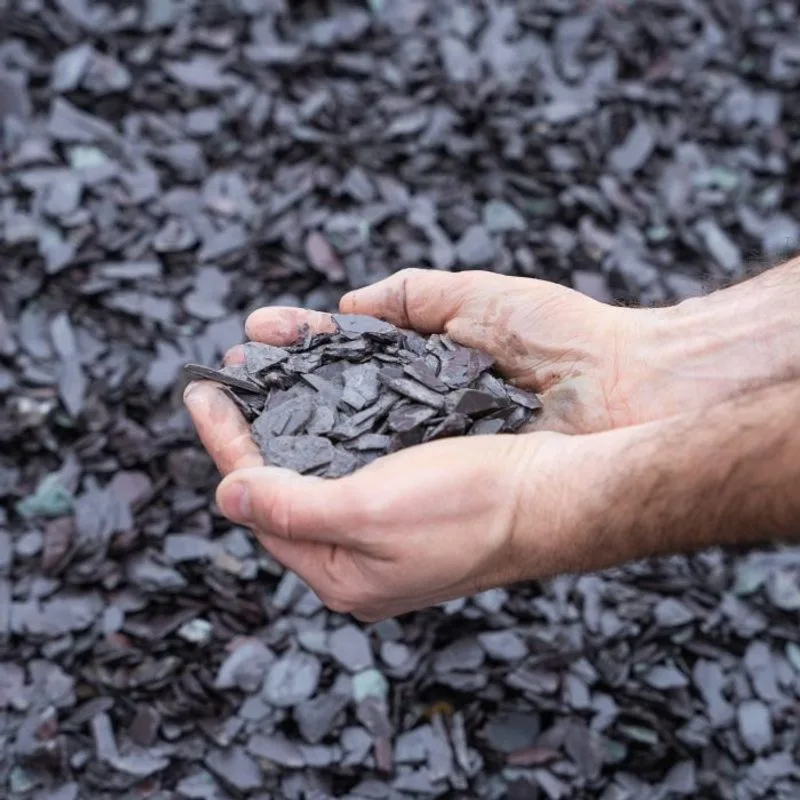
Slate chips are used for their elegant appearance in gardens. Yet, they can silently deteriorate soil health. The chips create a dense layer that hinders water and air movement into the soil.
This results in compaction, reducing root growth and microbial activity. Over time, the soil becomes less fertile and more prone to erosion. Opting for organic mulches like bark or straw can foster a more dynamic soil environment. These alternatives promote better aeration and nutrient cycling, supporting vibrant plant life.
Decorative Glass Mulch
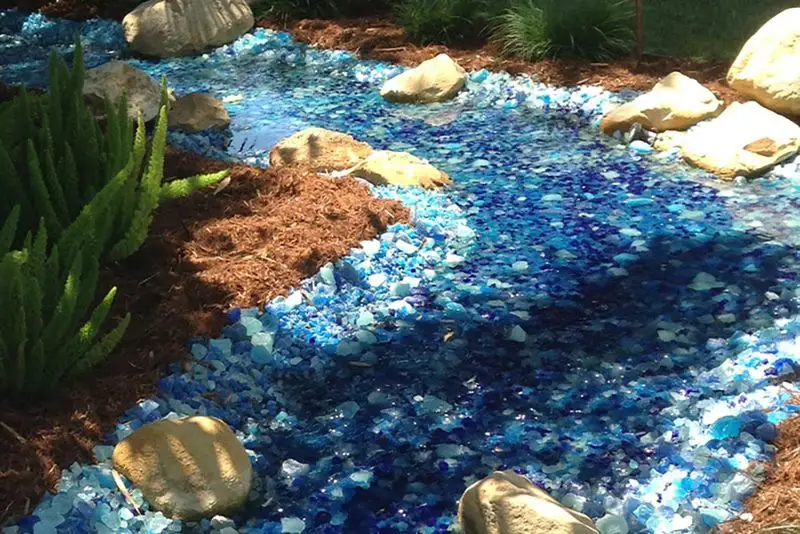
Decorative glass mulch adds a striking visual element to gardens. However, its impact on soil health is less attractive. Glass mulch does not decompose, meaning it contributes no organic matter to the soil.
This lack of decomposition leads to nutrient depletion over time. Additionally, glass mulch can cause soil compaction, hindering water and air movement. This affects root development and microorganism activity, reducing soil fertility. Switching to organic mulches can enhance this dynamic, supporting a healthier garden ecosystem. Sustainable choices foster resilient landscapes.
Permeable Plastic Grids
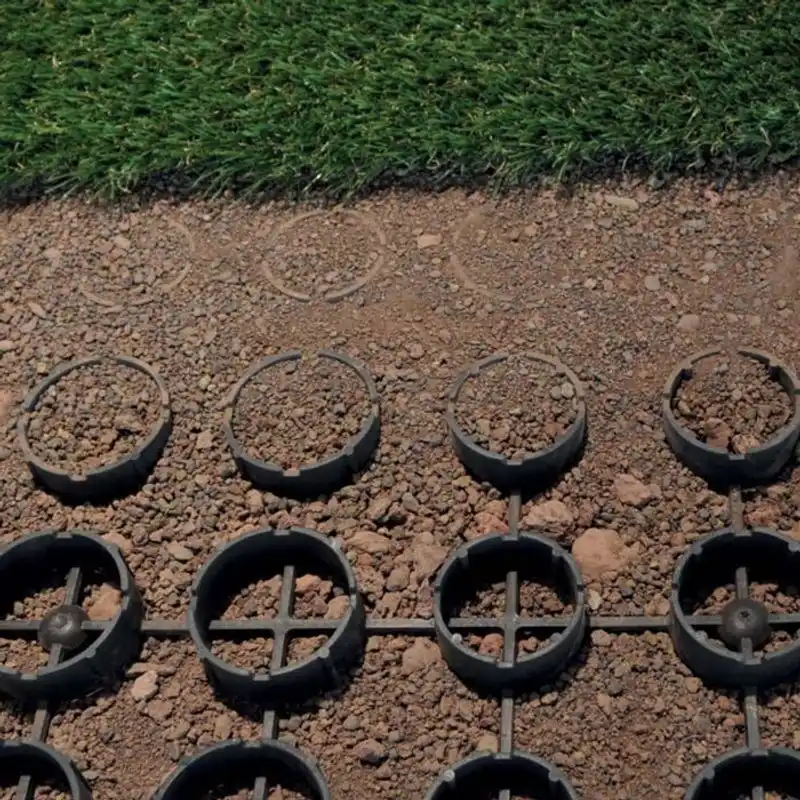
Permeable plastic grids are used to stabilize surfaces while allowing water infiltration. While beneficial for water management, they can also lead to soil compaction. The grids can trap soil particles, reducing aeration and root penetration.
Compacted soil becomes less fertile, impacting plant growth and microbial diversity. Additionally, the grids can shift over time, exacerbating erosion issues. Opting for natural stabilizers or planting ground covers can mitigate these effects. These alternatives promote soil health and landscape sustainability, ensuring vibrant plant growth.

